Street food represents some of the world’s most authentic and delicious culinary experiences, but it also presents unique health challenges that can turn dream vacations into medical emergencies. The key to safe street food adventures lies in understanding local food safety standards, recognizing warning signs of unsafe practices, and knowing how to minimize risks without avoiding these cultural treasures entirely. Smart street food consumption requires balancing adventurous eating with practical health precautions that protect you from foodborne illnesses while allowing you to experience local flavors.
Experienced travelers develop instincts for identifying safe street food vendors through observation, timing, and understanding of local customs around food preparation and consumption. Here are 15 essential rules that help adventurous eaters enjoy street food safely worldwide.
Follow the Local Crowd

Vendors with long lines of local customers have proven their food quality and safety through community trust and repeat business. Locals understand their area’s food safety standards and have developed a tolerance for regional bacteria that might affect travelers differently.
Empty stalls often indicate problems with food quality, preparation methods, or taste that locals have learned to avoid. The busiest vendors also turn over their ingredients faster, ensuring fresher food that hasn’t sat under heat lamps or in questionable storage conditions for extended periods.
Watch the Cooking Process

Choose vendors who cook food fresh in front of you rather than serving pre-prepared items that may have been sitting at unsafe temperatures. High-temperature cooking kills most harmful bacteria and parasites that cause foodborne illness, making freshly grilled or fried foods generally safer than cold preparations.
Observe whether vendors use clean utensils and separate raw and cooked foods to prevent cross-contamination. Steam rising from food indicates it’s been cooked to safe temperatures, while lukewarm or room-temperature items pose higher risks for bacterial growth.
Like Travel Pug’s content? Follow us on MSN.
Trust Your Nose

Fresh, properly prepared food has appetizing aromas that make your mouth water, while spoiled or contaminated food often produces off-putting smells that signal danger. Your sense of smell evolved to protect you from consuming harmful substances, so trust your instincts when food doesn’t smell right.
Rancid oil, sour odors, or generally unpleasant smells around food preparation areas indicate poor hygiene or ingredient quality. Sweet, fresh aromas from cooking food generally indicate safe preparation, while chemical or unusual odors suggest contamination or poor storage practices.
Avoid Raw Vegetables and Fruits You Can’t Peel
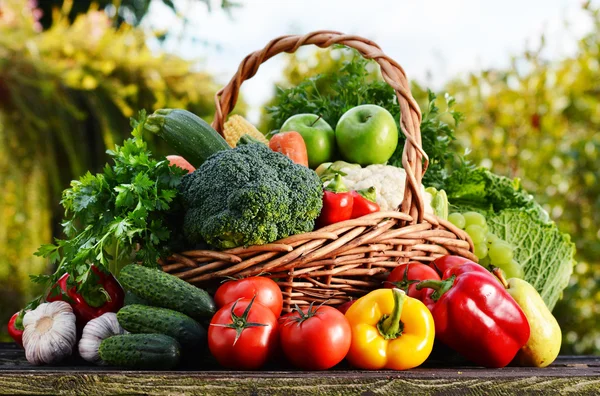
Produce washed in local water may contain bacteria or parasites that your digestive system can’t handle, even if they’re safe for residents who’ve developed immunity. Fruits and vegetables with thick peels that you remove yourself provide natural protection against contamination, while leafy greens and soft fruits absorb whatever water was used to clean them.
This rule applies particularly to salads, garnishes, and fresh salsas that may contain contaminated water or have been handled extensively. Cooked vegetables are generally safer because high temperatures kill most harmful microorganisms.
Check Food Temperature
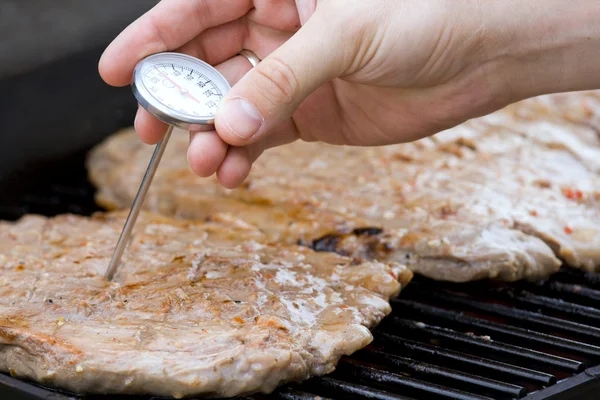
Properly prepared hot food should be steaming when served, indicating it’s been kept at temperatures that prevent bacterial growth. The danger zone for food safety lies between 40–140°F, where harmful bacteria multiply rapidly and can cause serious illness.
Cold foods should be genuinely cold, not lukewarm, and should come from proper refrigeration rather than sitting at room temperature. If you can’t tell whether food is appropriately hot or cold, it’s better to choose something else rather than risk foodborne illness.
Like Travel Pug’s content? Follow us on MSN.
Observe Vendor Hygiene Practices
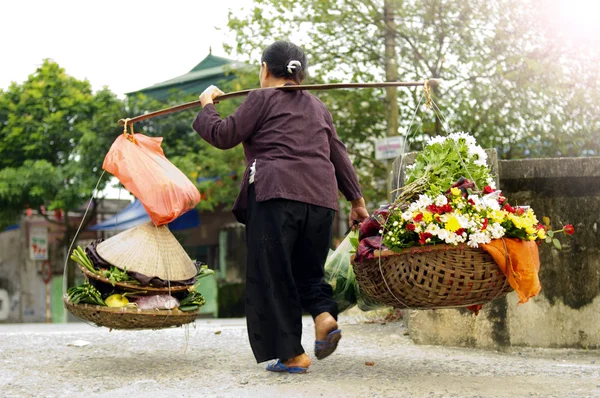
Clean vendors who wash their hands regularly, use separate utensils for different foods, and maintain organized workspaces generally follow other food safety practices you can’t observe directly. Watch whether vendors handle money and food with the same hands, which creates opportunities for contamination from currency that’s touched countless surfaces.
Vendors wearing clean aprons and maintaining tidy stalls often take pride in their work and follow better hygiene practices overall. Poor personal hygiene or disorganized preparation areas often indicate relaxed attitudes toward food safety in general.
Choose High-Turnover Vendors

Popular stalls that constantly serve customers ensure fresher ingredients and faster turnover that prevents food from sitting at unsafe temperatures for extended periods. High-volume vendors can afford better ingredients and more frequent restocking, while low-volume operations may use older ingredients to minimize waste.
Fast turnover also means cooking oil gets changed more frequently, preventing the rancid flavors and potential health issues from repeatedly heating oil. Vendors who run out of popular items early often indicate high demand and fresh preparation.
Understand Local Water Safety

In areas with questionable water quality, avoid drinks with ice, fresh juices that may be diluted with tap water, and foods that require water in their preparation. Bottled or boiled beverages are generally safer choices, while canned or sealed drinks eliminate water quality concerns.
Some vendors use bottled water for food preparation, but this practice isn’t universal and can’t be assumed without confirmation. Even brushing your teeth with questionable water can cause digestive issues, so extend water precautions beyond obvious consumption.
Like Travel Pug’s content? Follow us on MSN.
Time Your Street Food Adventures
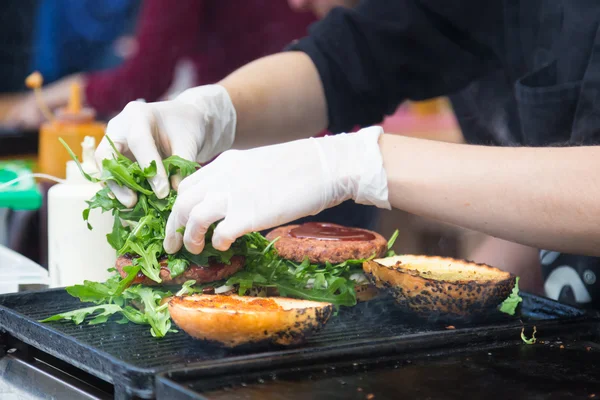
Early morning and busy meal times often provide the safest street food experiences when vendors have fresh ingredients and high customer turnover. Food that’s been sitting since the previous day poses higher risks, particularly in hot climates where bacteria multiply rapidly.
Late-night street food can be risky if vendors have been using the same ingredients throughout the day without proper refrigeration. Peak dining hours also mean you can observe preparation methods and customer reactions before making your own choices.
Start Slowly and Build Tolerance
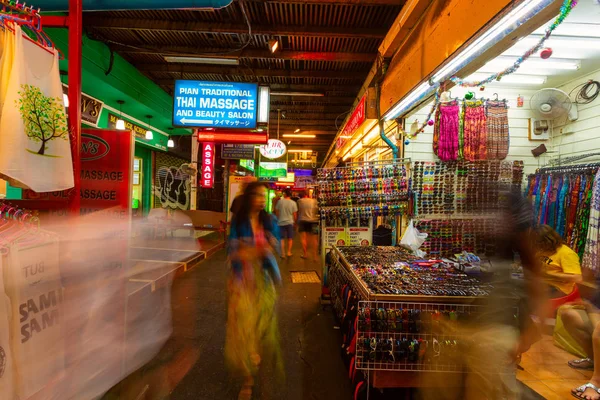
Begin your street food adventures with milder options and gradually work up to more adventurous choices, allowing your digestive system to adjust to new bacteria and preparation methods. Your first day in a new destination isn’t the best time to try the spiciest or most exotic street food options available.
Small portions let you sample multiple vendors and dishes while minimizing the impact if something doesn’t agree with your system. Building tolerance gradually often prevents digestive issues that can ruin entire vacations.
Carry Digestive Remedies

Pack anti-diarrheal medication, electrolyte replacement packets, and probiotics to handle minor digestive upsets before they become serious problems. These medications can’t prevent foodborne illness but can help manage symptoms while your body recovers from minor bacterial exposure.
Probiotics taken before and during travel may help maintain healthy gut bacteria that provide some protection against harmful microorganisms. Having remedies available also provides peace of mind that encourages more adventurous eating within reasonable safety limits.
Like Travel Pug’s content? Follow us on MSN.
Research Regional Specialties and Risks
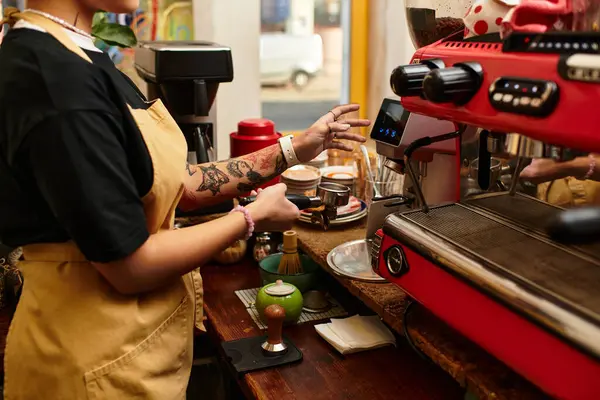
Understanding local food safety standards, common preparation methods and typical problem foods helps you make informed decisions about street food choices. Some regions have higher food safety standards than others, while certain traditional preparation methods carry inherent risks that informed travelers can choose to accept or avoid.
Local food blogs and travel forums often provide updated information about safe vendors and recent food safety issues that official sources might not mention. Cultural research also helps you recognize authentic preparation methods versus shortcuts that might compromise safety.
Trust Your Instincts
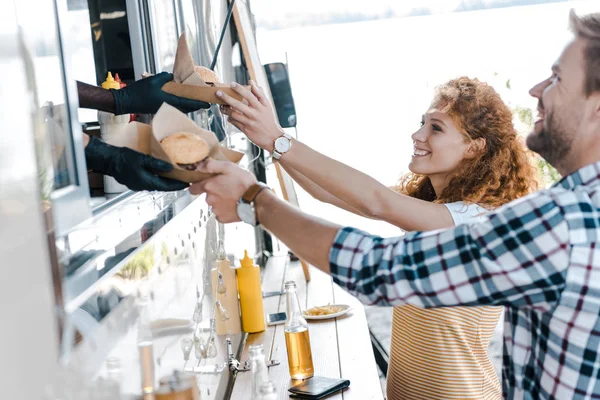
If something feels wrong about a vendor, preparation method, or food item, choose something else rather than ignoring your concerns for the sake of adventure. Your subconscious often processes safety signals that your conscious mind might miss, so pay attention to gut feelings about food situations.
Experienced travelers develop intuition about food safety that combines observation, knowledge, and instinct to guide their choices. It’s better to miss one street food experience than to spend days recovering from food poisoning.
Know When to Seek Medical Attention
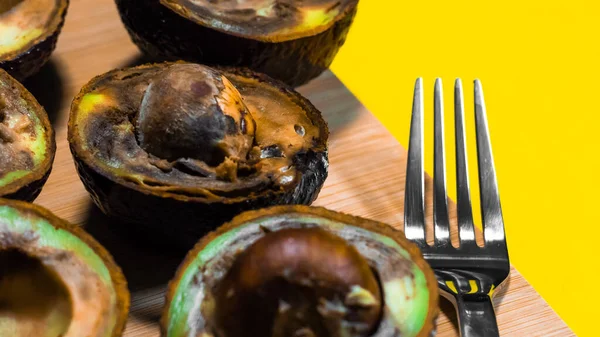
Severe symptoms like persistent vomiting, high fever, blood in stool, or signs of dehydration require immediate medical attention rather than hoping the problem resolves itself. Mild digestive upset is common when adjusting to new cuisines, but serious foodborne illness can become life-threatening without proper treatment.
Travel insurance and knowledge of local healthcare facilities provide backup plans when street food adventures go wrong. Having emergency contacts and knowing basic medical phrases in the local language help communicate symptoms effectively.
Like Travel Pug’s content? Follow us on MSN.
Learn from Local Eating Customs

Observe how locals eat street food—which vendors they choose, how they handle utensils, and which foods they avoid—to benefit from their cultural knowledge and experience. Local customs around food timing, portion sizes, and acceptable preparation methods reflect centuries of food safety wisdom adapted to regional conditions.
Following local eating patterns also help you blend in rather than standing out as a tourist who might be charged higher prices or served lower-quality food. Cultural eating experiences become richer when you understand and respect local food traditions.
Embracing Culinary Adventures Safely

Street food represents one of travel’s greatest pleasures when approached with knowledge, preparation, and common sense rather than reckless abandon. The goal isn’t to avoid all risks but to manage them intelligently while remaining open to the authentic flavors and cultural experiences that make travel memorable.
Most street food vendors take pride in their craft and want to serve safe, delicious food that builds their reputation and customer base. By following these guidelines, adventurous eaters can enjoy street food safely while supporting local communities and experiencing authentic culinary traditions.
More from Travel Pug

- 20 Best Beach Towns in the Carolinas
- 13 Destinations Where Tourists Regularly Regret Their Trip
- 20 Things You Actually Get in First Class
- 20 Small Airports With Aviation Museums
- 20 Places in the U.S. That Are Perfect for a Reset Trip
Like Travel Pug’s content? Follow us on MSN.
